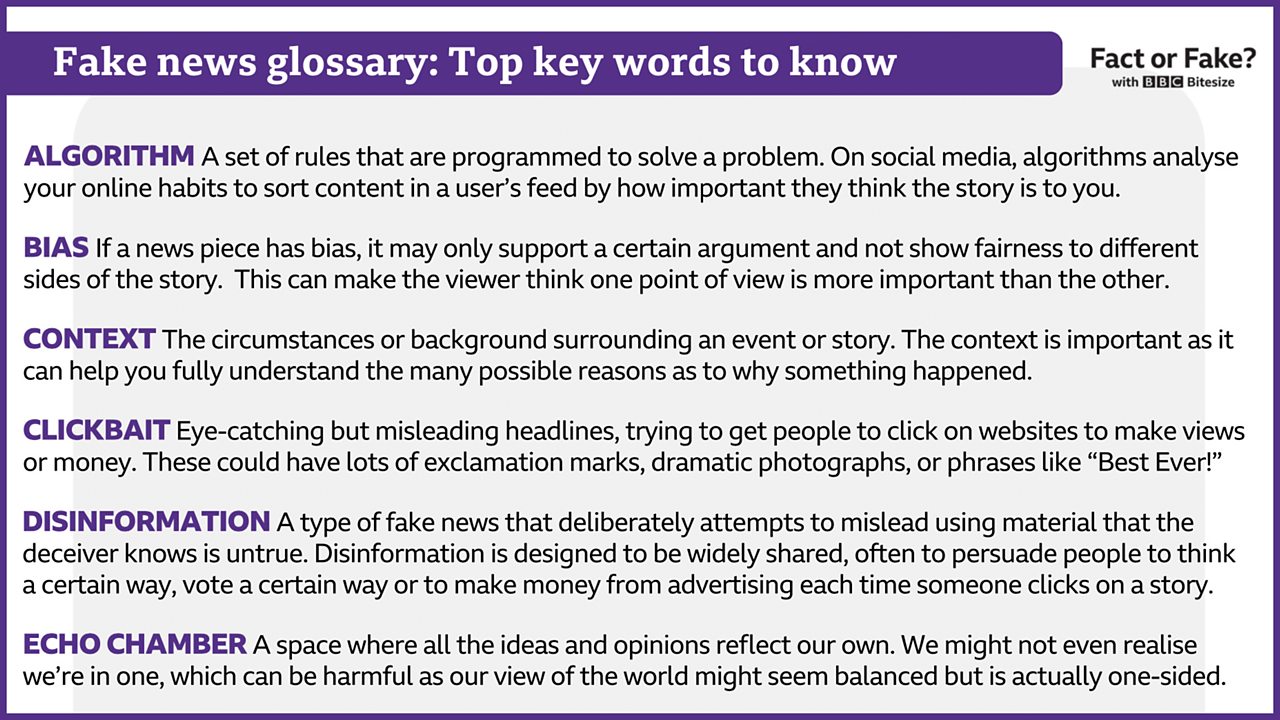

While our scholarly view of the causes and consequences of fake news has become clearer, we lack empirical evidence on how the debate around fake news manifests itself in social reality. Egelhofer and Lecheler ( 2019), therefore, suggest distinguishing between fake news as a genre of disinformation and the fake news label as a political instrument to delegitimize journalism (but see also McNair 2017). On the other hand, an increasing number of political actors have begun to use the term to discredit legacy news media (e.g., Lischka 2019), with the potential to decrease citizens’ levels of media trust (e.g., Guess, Nyhan, and Reifler 2017). On the one hand, it is used to describe disinformation that masquerades as news articles and is often spread online (e.g., Lazer et al. These definitions suggest that, essentially, the term stands for two major challenges to modern democracies. In response to this new scope of the term's usage, scholars have begun to design conceptual and operational definitions of the term “fake news” (e.g., Tandoc, Lim, and Ling 2018). While originally used as a niche term by communication scholars to describe formats of political satire (e.g., Baym 2005), it has since 2016 come to characterize a variety of phenomena related to questions of truth and factuality in journalism and political communication.

The term “fake news” is a global buzzword-used frequently by some, loathed by others (e.g., McNair 2017). In using the term this way, journalists arguably contribute not only to term salience but also to a questionable normalization process.

Furthermore, news reports increasingly use the term in contexts completely unrelated to disinformation or media attacks. We find that journalistic reporting on fake news shifts over time from mainly describing the threat of disinformation online, to a more normalized and broad usage of the term in relation to attacks on legacy news media. Using the case of Austria, where discussions around fake news have been ubiquitous during recent years, we analyzed all news articles mentioning the term “fake news” in major daily newspapers between 20 ( N = 2,967). By means of a quantitative content analysis, this study offers empirical evidence on this question. Given this status as a controversial but arguably effective buzzword in news coverage, we know surprisingly little about exactly how journalists use the term in their reporting. However, the ubiquitous and fuzzy usage of the term in news reporting has led more and more scholars and other public actors to call for its abandonment in public discourse altogether. During recent years, worries about fake news have been a salient aspect of mediated debates.


 0 kommentar(er)
0 kommentar(er)
